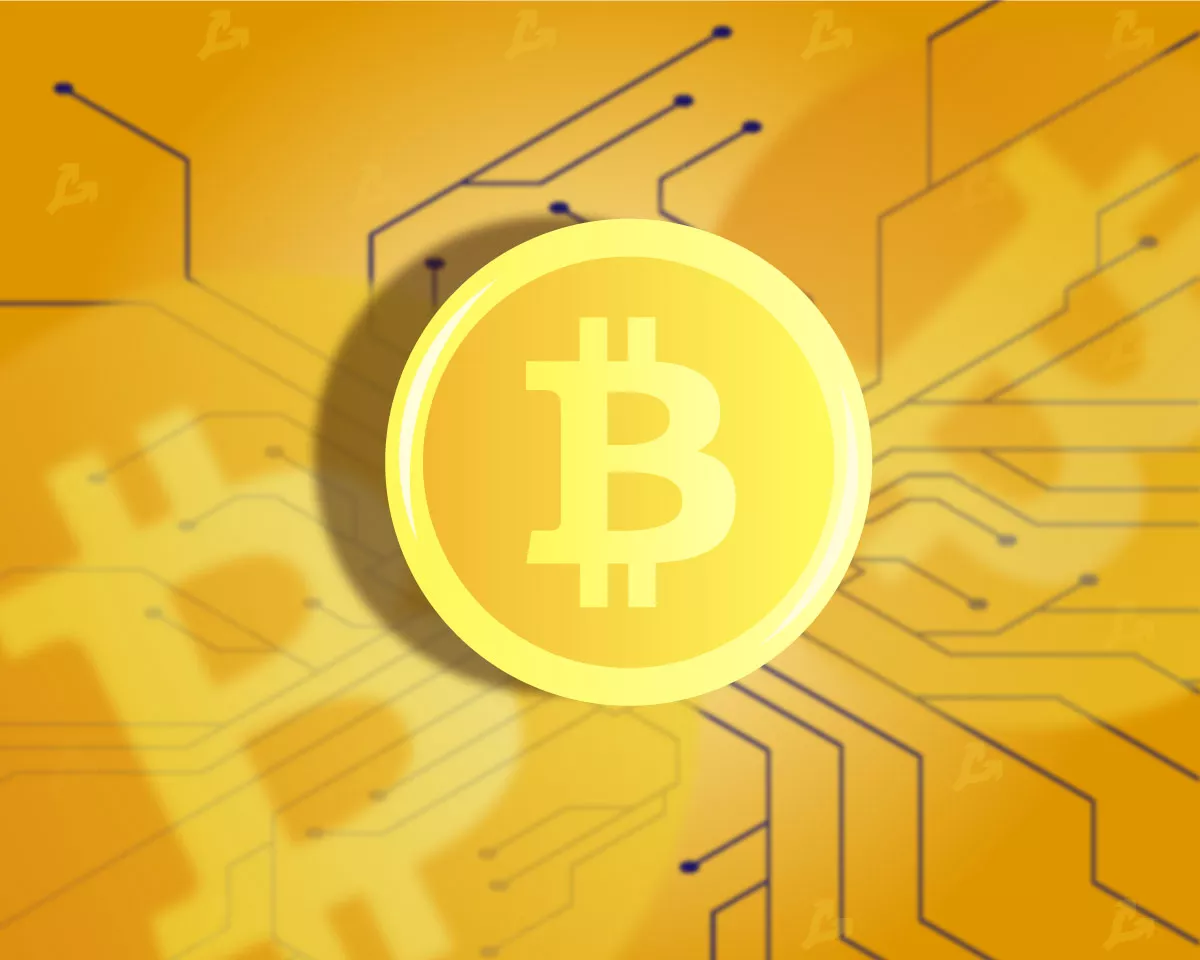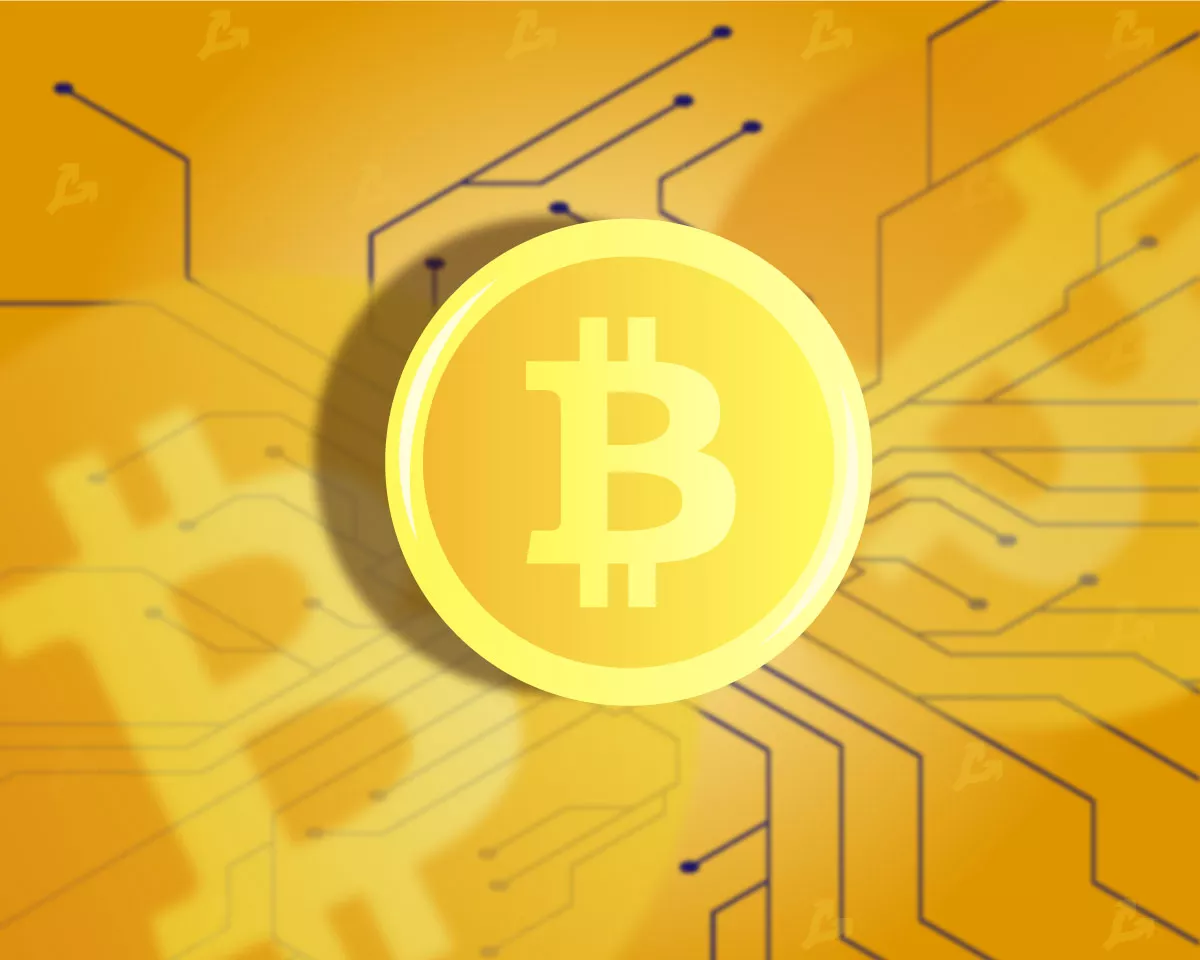
The Bitcoin Core team has released version v30 of its client, sparking mixed reactions within the community.
Bitcoin Core v30.0 was released!
It is available from: https://t.co/WpMuMaeRoz
Release notes: https://t.co/BifOfRyaq4— Bitcoin Core Project (@bitcoincoreorg) October 12, 2025
All previous software versions are considered “complete” and will no longer receive updates.
Bitcoin Core v30 includes bug fixes, changes to base fee rates, and improvements in performance and mining interaction. However, the key change is the increase in the data transmission limit in OP_RETURN outputs from 80 to 100,000 bytes. This will significantly increase the volume of non-financial transactions on the network. Users can still set a manual limit by specifying the -datacarriersize function.
Community Division
Debates over the data limit in OP_RETURN have intensified since late April. Bitcoin developer Peter Todd, who was described as the creator of the first cryptocurrency in an HBO documentary, proposed removing the existing limit.
The initiative has divided the community. Opponents argue that removing the limit encourages the use of the network for non-financial transactions, potentially overloading the blockchain. They also pointed to the possibility of spreading illegal content, in which node operators might unwittingly participate, exposing themselves to legal risks.
Critics note that users still find alternative ways, and miners have the ability and incentives to include such operations in a block.
In June, developers announced the removal of the limit in the Bitcoin Core v30 release. The community speculated that this decision might lead to a decrease in the client’s market share in favor of the competing Bitcoin Knots, which allows for stricter filters.
At that time, Bitcoin Core was used on more than 88% of nodes. According to BitRef, the figure has dropped to ~78%. The share of Knots has exceeded 21%.
Proponents of removing the OP_RETURN limit believe it opens up possibilities for deploying more complex decentralized applications on the network. According to Alex Bergeron of Ark Labs, he intends to fully utilize the additional space to “make Bitcoin more like Ethereum, only better.”
Bitcoin Core v30 is a mistake.
Removing OP_RETURN limits opens the door to endless junk data, inscriptions, and fee spikes that punish regular users.
Bitcoin’s strength is its minimalism — not turning the base layer into a playground for experiments.— Ox HaK (@oxhak) October 12, 2025
“Bitcoin Core v30 is a mistake. Removing OP_RETURN limits opens the door to endless junk data, inscriptions, and fee spikes that punish regular users. Bitcoin’s strength is its minimalism — not turning the base layer into a playground for experiments,” wrote a critic under the pseudonym Ox HaK.
Renowned cryptographer Nick Szabo strongly advised against upgrading to Core v30, suggesting a temporary switch to Knots. He acknowledged that the latter is not without significant flaws, thus allowing for limited use of Core’s main competitor.
In previous comments, Szabo noted that applications already have the means to place arbitrary data on the Bitcoin blockchain, but removing the OP_RETURN limit signals an increase in their volume. The decision does not allow archival node operators to delete illegal content without ceasing operations, which could lead to criminal liability, he emphasized.
A staunch opponent of removing restrictions on data publication on the network, Bitcoin developer Luke Dashjr, suggested that a hard fork might be the only way to eliminate unwanted content.
Earlier, the Bitcoin community intensified discussions on possible measures to protect the network from potential quantum threats.
Нашли ошибку в тексте? Выделите ее и нажмите CTRL+ENTER
Рассылки ForkLog: держите руку на пульсе биткоин-индустрии!









